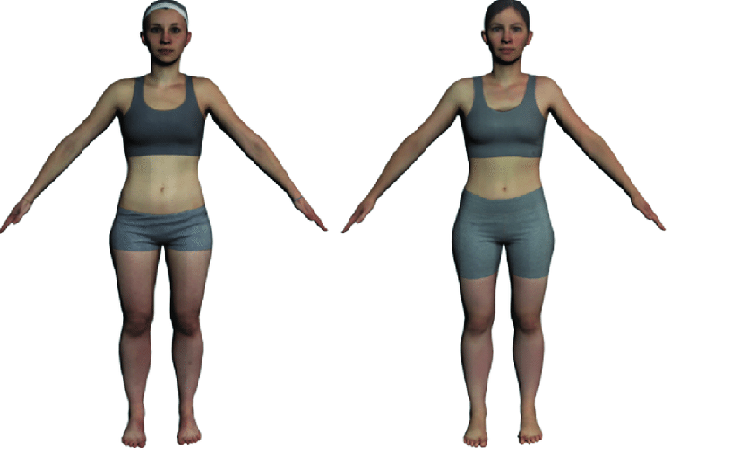Athletes around the world are consistently experimenting with new training and recovery strategies. One of the latest trends being blood flow restriction (BFR) training.
While BFR is not new, it’s quickly becoming a game-changer in the world of fitness and rehab. With over 20 years of research behind the technique, more athletes are researching this type of training and wondering if it will help them meet their individual fitness goals.
Keep reading as we explain what BFR is, how it works, and how it benefits athletes.
What is BFR?
BFR training is a way of decreasing blood flow to targeted muscle through pressurized bands. These bands are worn around legs and arms to slow blood flow while providing light resistance to trigger the body to increase muscle growth in a shorter period of time.
Worn during low-intensity exercises, the goal of BFR training is to experience the same muscle growth results as if doing a high-intensity workout. Throughout the process of reduced blood flow to targeted areas, your body releases natural growth hormones (known as hypertrophy), which is attributed to muscle growth.
How BFR Benefits Athletes
BFR is beneficial to almost everyone, especially athletes who participate in everyday training and those in rehab following an injury or surgery.
Those undergoing rehabilitation have found that these low intensity workouts reduce stress on the muscles but with less strain on the body. Athletes have found that practicing BFR is an effective way to maximize workouts without sacrificing effectiveness.
BFR training benefits athletes in the following ways:
- Increased muscle size and strength by up to 300%
- Preventions of muscular atrophy
- Improved bone mineral density
- Reduced risk for cardiovascular disease
These benefits work because BFR facilitates growth hormones and blocks venous return without blocking arterial flow.
These cuffs are proven to help increase muscle strength, size, and endurance. They’re also proven to be safe when used properly. For example, if you wear the cuff too tight and the area turns pale or blue, then you are not performing BFR training correctly and could potentially harm your muscles. It’s advised to never place cuffs on your ankles, knees, elbows, or wrists.
Conclusion
Whether you’re a bodybuilder, powerlifter, or undergoing rehab for an injury, you should consider BFR training. To prevent excessive soreness, and to prevent a negative effect on training, it’s best to start at low intensities and gradually work your way up.
With several different blood flow restriction cuffs and bands on the market, how do you know which ones truly work?
Look for a product that is durable, comfortable, and easy to clean. Many products offer special features, but one of the best options for beginners and experienced athletes alike is the BodyPro BFR Training Kit.
It’s equipped with four cuffs with quick release valves, a manual pump, and a carrying case. This kit can assist in all exercises, from aerobics and weight lifting to yoga. Once you realize the benefits of BFR, you’ll want to see what all of the hype is about!







